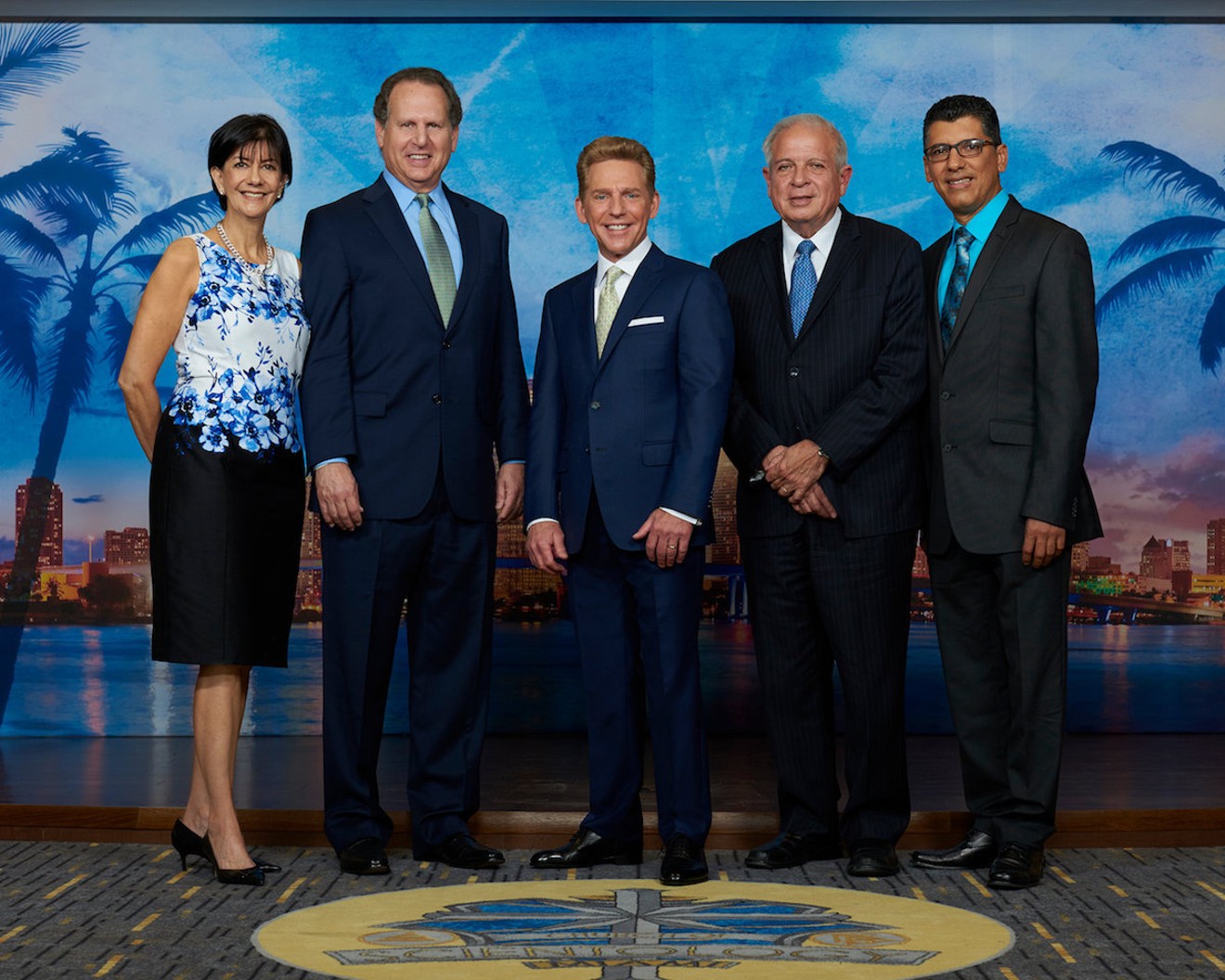Comprehending Scientology: A Comprehensive Guide to Its Ideas and Practices
Comprehending Scientology: A Comprehensive Guide to Its Ideas and Practices
Blog Article
A Beginner's Guide to Scientology: What You Required to Know

Beginnings and Background
The origins and history of Scientology trace back to the early 1950s when L. Ron Hubbard, a respected science fiction writer, established this spiritual movement. Hubbard initially developed a self-help system called Dianetics, which obtained appeal and ultimately advanced into what is now called Scientology. The main Church of Scientology was developed in 1954 in Los Angeles, The Golden State, with the magazine of Hubbard's publication "Dianetics: The Modern Science of Mental Health."
Throughout the years, Scientology has actually dealt with both praise and debate (Scientology). Fans of Scientology rely on the concept of thetans, never-ceasing spiritual beings provide in every person. The church's mentors focus on spiritual rehab and achieving a state of clear, without terrible experiences and adverse feelings
Regardless of its growth worldwide, Scientology has undergone criticism concerning its methods, financial openness, and treatment of participants. The church has actually been involved in various lawful fights and debates, adding to its combined credibility in the public eye. Nonetheless, Scientology stays a significant religious activity with a dedicated following.
Core Beliefs and Practices
Structure upon the historical structure of Scientology, the core ideas and techniques of this religious motion explore the essential principles guiding its followers towards spiritual knowledge and personal growth. At the heart of Scientology is the belief that every person is an immortal soul, recognized as a thetan, who has actually lived via many previous lives. Through the practice of auditing, a type of spiritual therapy, followers aim to rid themselves of negative experiences and feelings that prevent their spiritual progression. Central to Scientology is the search of a state called "Clear," where individuals acquire an increased level of awareness and self-realization.
Another key element of Scientology is the focus on the concept of dynamics, which represent different facets of life that an individual is aiming to survive throughout. These characteristics consist of the self, family members, teams, humanity, all life types, the physical cosmos, spirituality, and infinity. By comprehending and stabilizing these characteristics, fans seek to achieve consistency and success in all areas of their lives. The core techniques of Scientology, including auditing and examining the mentors of L. Ron Hubbard, are made to aid individuals attain spiritual satisfaction and lead a much more gratifying presence.
Owner and Management
Within Scientology, the owner and leadership play critical duties fit the instructions and practices of this spiritual motion. L. Ron Hubbard, a scientific research fiction author, started Scientology in the early 1950s. Hubbard created a set of ideas and methods that form the foundation of Scientology, consisting of the concept of the immortal spirit, called the thetan, and the procedure of auditing to help people get rid of previous injuries and get to a state of spiritual enlightenment known as Clear.
The Church of Scientology is presently led by David Miscavige, that took control of management after Hubbard's death in 1986. As the Chairman of the Board of the Religious Modern Technology Center, Miscavige is in charge of supervising the dissemination of Scientology teachings, making certain the standard technique of bookkeeping, and handling the church's international procedures.
The management within Scientology is highly centralized, with stringent adherence to the mentors and policies established by Hubbard. The authority of the management is promoted through an ordered structure that controls the church's tasks and outreach initiatives.
Criticisms and controversies
Amidst the structured hierarchy and adherence to L. Ron Hubbard's teachings exists a realm of controversies and criticisms surrounding Scientology's practices and impact. One of the most substantial objections of Scientology is its classification as a cult by some different specialists and former participants. Doubters say that the company utilizes coercive and manipulative techniques to maintain members and extract cash from them through expensive programs and services.
An additional controversial facet is the technique of interference, where participants are encouraged to cut connections with family and pals that are crucial of Scientology - read this post here Scientology. This policy has led to countless individual misfortunes and has actually been commonly condemned as dissentious and unsafe
Furthermore, Scientology's deceptive nature and hostile lawful tactics against critics and previous participants have actually stimulated problems about transparency and freedom of expression. The organization's tax-exempt condition as a faith in some countries has likewise been a topic of controversy, with movie critics wondering about the authenticity of its religious claims. These objections and disputes resource remain to sustain debates concerning the values and techniques of Scientology.
Impact and Existence
With its substantial network of churches and outreach programs, Scientology has grown a notable impact and presence in numerous neighborhoods worldwide. The Church of Scientology, established by L. Ron Hubbard in the 1950s, has developed itself as a distinct religious motion with an international reach. Via their churches, missions, and area programs, Scientology has intended to spread its practices and teachings to people seeking spiritual enlightenment and personal growth.

In enhancement to its physical visibility, Scientology's influence can be observed in different fields, consisting of enjoyment, education, and humanitarian undertakings. Popular members of the entertainment sector have publicly endorsed Scientology, bringing more visibility to the religious beliefs. The Church's social programs, such as medicine recovery campaigns and disaster relief initiatives, have additionally added to its influence in communities around the globe.
Conclusion
To conclude, Scientology's beginnings trace back to the teachings of L. Ron Hubbard, emphasizing spiritual growth and self-improvement through auditing and training. Despite objections and controversies bordering the company, Scientology remains to have an international visibility and impact on its fans. The core ideas and methods of Scientology form the method its participants communicate with the world around them, adding to the recurring discussion about the validity and influence of this debatable religious beliefs.
Structure upon the historical structure of Scientology, the core ideas and practices of this religious movement dig into the fundamental principles guiding its followers towards spiritual knowledge and personal development. The core practices of Scientology, including auditing and researching the mentors of L. Ron Hubbard, are created to help people attain spiritual fulfillment and lead an extra gratifying existence.
Hubbard created a set of ideas and techniques that form the structure of Scientology, including the useful reference principle of the immortal spirit, recognized as the thetan, and the procedure of bookkeeping to help individuals conquer previous traumas and reach a state of spiritual enlightenment understood as Clear.
Amidst the structured pecking order and adherence to L. Ron Hubbard's trainings lies a realm of criticisms and disputes bordering Scientology's techniques and effect. Through their churches, missions, and community programs, Scientology has intended to spread its practices and trainings to individuals looking for spiritual knowledge and individual development.
Report this page